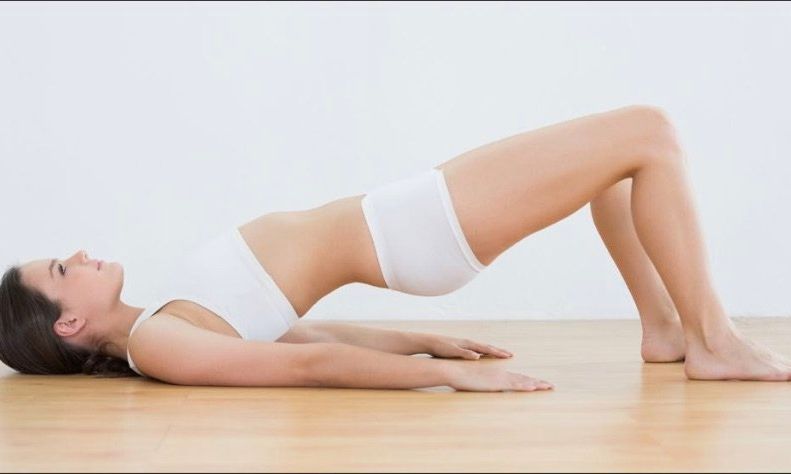Your core muscles are used in almost everything you do. When you get a can of soup out of a high cabinet, you are using your core muscles to stabilize your body. When you swing a golf club or tennis racket, you are using your core muscles to generate force for your swing. And when you sit up in bed—you guessed it, you are using your core. You guessed it, you are using your core.
If your core is weak, you are more likely to experience back pain and various injuries. You are also more likely to have problems with your posture. If your core is strong:
- Your back is better protected from injury
- You will have better balance
- It may be easier for you to control your movements
- You will be stronger when you use your arms and legs
What is your core?
Your core is the part of your body around your pelvis and trunk. Core exercises work the muscles of the:
- Abdomen
- Back
- Pelvis
- Hips
What can you do?
There are many ways to strengthen your core. You can:
- Go to a class. Pilates, yoga, and other types of fitness classes are good for strengthening core muscles.
- Use your body weight. You can get a great core workout by doing exercises in your home, a hotel room, or a park. You may want to place a mat or a towel beneath you for these exercises. But this isn’t required.
Follow a DVD. There are many fitness DVDs that focus on working the core.
Use a balance or stability ball. Practicing core exercises on a ball can help add a new dimension to your workout.
You don’t need expensive equipment to work on your core. And you don’t need to be at a gym. You can do many core exercises at home. You can even work on your core while watching TV or while waiting for dinner to cook.
Some simple core exercises you can do at home include:
Bridge: Lie on your back with your knees bent. Keep your feet flat on the floor. Draw your belly button in toward your spine. Raise your hips off the floor until they are in line with your shoulders and knees. Hold for 3 deep breaths. Return to the starting position by slowly lowering your hips to the ground. Repeat 10–15 times. Try working up to 3 sets of 10–15 reps.
Plank: Lie on your stomach. Place your forearms on the floor near your ears and push yourself up with your arms. Bend 90 degrees at your elbows, so you rest on only your forearms and toes. Keep your shoulders over your elbows. Try to keep your head, back, hips, and knees in one straight line. Keep your stomach tight. Press your elbows and knees in toward each other. This will create resistance, even though they will not actually move. Hold this pose for 3 deep breaths. Return to the starting position. Over time, add to how long you hold this position. Try working up to holding this position for 1 minute.
All Fours Arm and Leg Raise: Position yourself on your hands and knees, as if you were getting ready to crawl across the floor. Keep a neutral spine (a spine that is neither overly arched nor rounded) and tight abs throughout this exercise. Extend your left leg behind you as far as you can. Slowly raise your left leg until it is level with your waist but no higher. Hold for 6 seconds. Bring your left leg back to the starting position and repeat with your other leg. You can make this exercise more challenging by adding in arm movements. To do this, extend your right arm at the same time as you extend your left leg. Raise both your arm and your leg until they are level with your waist. Hold for 6 seconds. Lower your arm and leg and repeat with the opposite arm and leg. Repeat this 10 times on each side. Try working up to 3 sets of 10 reps.
It is important to talk to your health care practitioner before beginning any new fitness program. When you exercise, be sure to pay attention to your body.
- If an exercise causes pain—stop! Some aching and fatigue in the muscles is normal. Pain is not. If something hurts and does not go away, stop.
- Make sure your breathing is slow and steady. Never hold your breath.
- Take a break if you need one.
- If you feel unsure about anything you are doing, talk to your health care practitioner, a certified fitness trainer, or other fitness professional.
- Be sure to talk to your health care practitioner if you have pain that does not go away.
Ask your health care practitioner if there are any tests, referrals, or treatments that might be helpful to use along with your current treatment plan. Other treatment options may include the following: chiropractic services, physical therapy, acupuncture or dry needling, massage therapy, and medicines.
